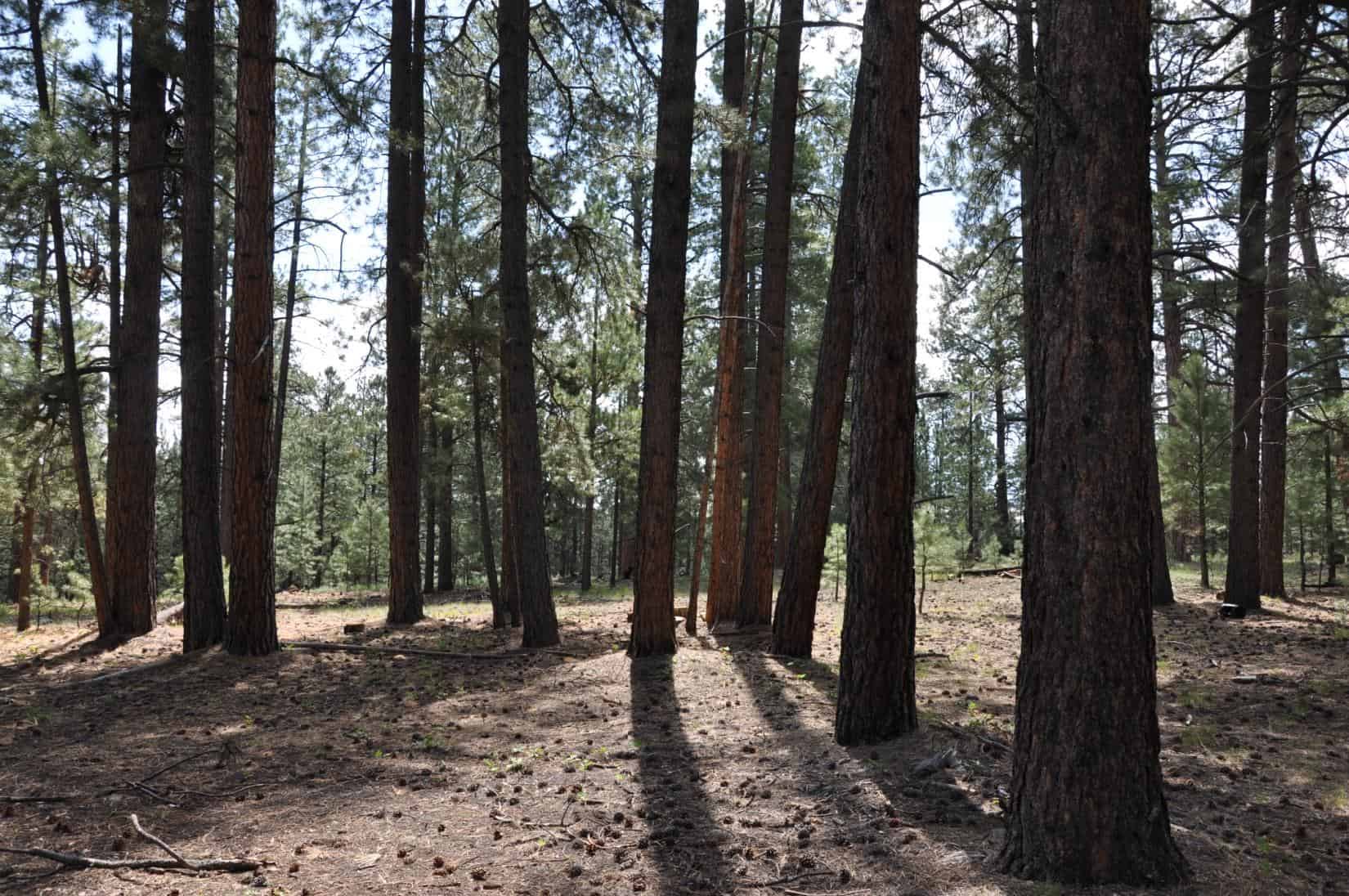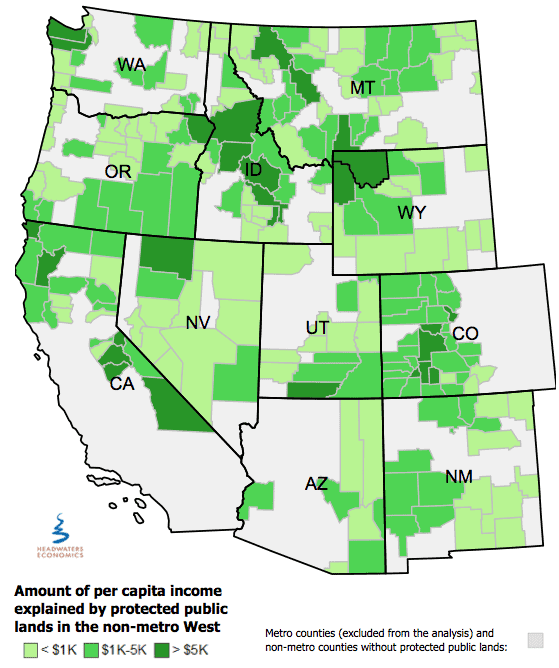Matthew posted this link last week about the whitebark ESA lawsuit.
Now, I asked the question “why?” and “what conditions does Mr. Garrity want changed”?
Matthew replied that I need to read the lawsuit. I don’t think that’s quite fair, as when I am supporting the FS point of view, I don’t think I’ve ever asked anyone to “read the EIS.” The fact is, if you are supporting something, I think it it incumbent on the supporter to pick out the pieces of the document that make the argument. Of course, folks litigating are not required to do public outreach to get public understanding, acceptance and support for their actions; and neither can the USG really once a topic has fallen under the litigation Cone of Silence (link here.. notice that that post was also about trying to figure out “what are the actions that you want changed?” with the very same Mr. Garrity). So I guess it falls upon us volunteers to have this kind of public discussion. I do believe that there must be a better way.
So I did not read the whole thing, because I tend to find the snarky and self-righteous vibe of the writing of many lawsuits to be sandpaper to my soul, but I did find this tidbit:
An actual controversy exists between Plaintiffs and Defendants. Plaintiffs’ staff, members, and supporters derive scientific, aesthetic, and spiritual benefits from whitebark pine’s continued existence in the wild and from the ecosystems upon which it depends. They use and enjoy lands throughout the range of whitebark pine, including regular and consistent use and enjoyment
of federal public lands in the Northern Rockies, including National Parks and National Forests in Montana, Idaho, and Wyoming. The majority of whitebark pine in the U.S. occurs on National Forest and National Park lands. Plaintiff Alliance for the Wild Rockies is already involved in other federal
litigation in this Court to protect whitebark pine on National Forest lands in Montana. See e.g. Alliance for the Wild Rockies v Krueger, CV-12-150- DLC (D. Mont.) (Challenging the Cabin Gulch Project on Montana’s Helena National Forest, in part for approving clearcutting of hundreds of acres of
whitebark pine habitat without first considering the best available science on whitebark pine habitat management). Plaintiffs’ staff, members, and supporters use whitebark pine habitat for hiking, fishing, hunting, camping, photographing scenery and wildlife, and engaging in other vocational, scientific, spiritual, and recreational activities. Plaintiffs’ staff, members, and supporters observe, study, and enjoy whitebark pine, and intend to continue to observe, study, and enjoy whitebark pine frequently and on an ongoing basis in the future.
Based on that, it sounds like the problem is with clearcutting for WBP. Since last week I was able to contact my scientific colleagues who work on WBP. Here is a quote:
I’m not aware of any clearcutting with WBP. We certainly don’t do it here and I haven’t heard about any in other regions. We DO cut in WBP stands, but the intent is to remove competing vegetation, mostly conifers. There’s a chance that a dead or very sick WBP may be cut in order to provide growing room for a younger, healthier tree, but clearcutting WBP makes no sense.
This made me curious about the Cabin Gulch project.
Here is what I found by searching for WBP in the ROD here:
Regeneration harvests on approximately 417 acres of which approximately 286 acres target
whitebark pine establishment. These harvests will be done where a substantial portion of the
overstory was lodgepole pine that has been killed by mountain pine beetle and the establishment
of regeneration is desired. This harvest activity will result in 2-aged, or even-aged stands
depending on how many healthy trees are available for retention, primarily Douglas-fir. In these
treatments, the existing stand is largely replaced and the resulting stand is dominated by
regeneration. Lodgepole pine, Douglas-fir, and/or whitebark pine natural regeneration is expected
depending on the unit. Diameters cut would generally range from 7 – 16” DBH and live trees of
other species would be retained to provide seed, structure and snag recruitment.
So it sounds like they are taking off dead lodgepole to give WPB regeneration a chance to grow? That sounds different than “clearcutting hundreds of acres of wpb habitat”? Is it better to let the dead lodgepoles fall? Could that result in jackstrawed lpp which would then cause fires to burn hotter and turn the WBP regen into crispy critters?
When folks talk about the “best science” it reminds me that all of us can go out to a site and look at WBP, fires, fuel loadings and treatments. We don’t need a Large Hadron collider and billions of bucks to observe this phenomenon.
The interesting thing about the WPB issue is that we all want the same thing, putatively, to protect WBP as much as is possible that would be effective under changing climate conditions. No sawmills run off WBP, and it’s often in roadless or wilderness areas, or national parks. So the rationale seems more mysterious than most lawsuits.
Matthew also said in his comment here:
Furthermore, in the section of its July 2011 decision where the USFWS lists the “high Priority Listing Actions” that will receive funding for listing in the FY 2010 or 2011 – instead of whitebark pine – the USFWS lists 39 species with Listing Priority Numbers between 3 and 12. In other words, species with LPN between 3 and 12 do not face greater threats than whitebark pine, which has a LPN of 2.
The lawsuit continues to go into lots of details about where the agency is currently spending it’s money and time and how 40% of the funding in FY 2010/11 actually went to species that have a lower priority than whitebark pine. Again, I’d encourage people to read the actual lawsuit, view all the info and then ask questions. Because having me simply re-type what’s in the lawsuit here isn’t really a homework assignment I should be doing for you. Thanks.
This part sounds to me like management of FWS and where they put their priorities and funding, and why. Again, it seems like reasonable people could disagree about any federal agency, and where it puts its priorities. I would prefer to see our federal agencies managed by folks with recommendations from a public FACA committee rather than by a few lawyers in a non-public forum, settling a lawsuit.








